Synopsis
The Electrical Life of Louis Wain (2021) follows the life, the relationship, and the creative rise, fall, and ‘re-rise’ of the animator Louis Wain. On the surface, the movie seems like an endless cycle of unfortunate events, dotted with way too many cats and cat pictures. However, this movie explores the subtleties of creativity, love, grief, and mental health issues.
Analysis
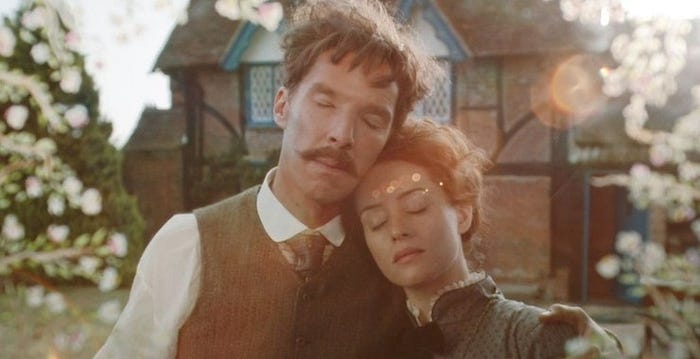
While I believe the 20th century to be the golden age of cinematography, every so often a modern movie surprises me. The Electrical Life of Louis Wain (2021) is one such movie. I cried at many points in this movie. Humanity has a way of redeeming itself at every turn and Louis Wain is the poster child for this redemption. Though he was not a (financial) success, Louis succeeded in a way most conventionally successful people never do. He left a legacy that outlived his failures and his life. The principal theme of this movie is how all of life is electricity. It is what births ideas in our brains and what crackles in your blood when you fall in love. It is what short circuits our brains and liquefies our pain when we grieve.
The Electricity of Creativity

What turns an idea into the words that finally become a book?
Or a mental image into the strokes that finally become a painting
What turns an idea into a plan that finally becomes a startup?
Electricity.
It is urgent and insistent, creative and transformative. It is what makes a lamp filament give light and what transforms the potentiality of an idea into the reality of an invention. And Louis had it in spades. Even when his ideas were rebuffed or inventions failed to sputter to life, he kept channeling that electricity. It was this electricity, crackling with the energy of rebirth, that helped him look beyond the perceived malevolence of cats and into their untapped sweet nature.
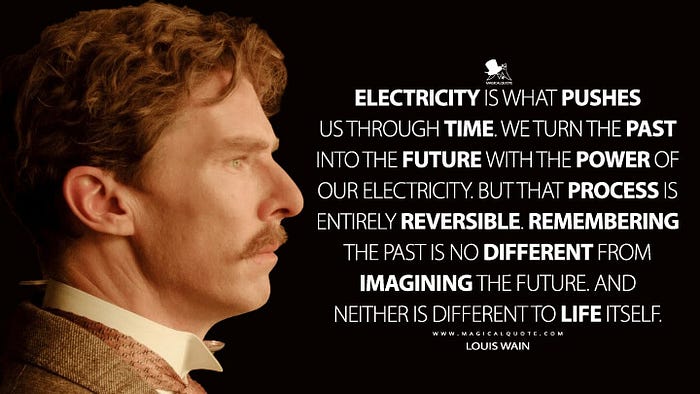
Contained and channeled, (the) electricity (of creativity) births and transforms. Free and uncontained, it runs amok, pulsing with energy, burning things at different turns.
Louis experienced both worlds, the destructive and constructive parts of creativity. His first encounter with the destruction of creativity happened when he applied himself to too many creative endeavors. This is one of the many pitfalls of being talented or a multipotentialite. You know a lot of things, can do a lot of things, and want to do all of them now. This is the easiest way to burn out like the brightest star. In Louis’ case, the debts piled high.
His second encounter with the destruction of creativity happened when his cat art became a roaring — or rather, meowing — success. Louis proved what many people know and often joke about, that creativity rarely walks hand in hand with financial intelligence. He created pictures and paintings that became household staples, focusing on capturing feline beauty and lovability on paper without ever thinking of how to monetize the products. Unlike his sister, I couldn’t bring myself to feel angry at him for not realizing he should have copyrighted the painting. Louis was a sweet fool that gave cat pictures to the barber in exchange for haircuts. While you can ‘what the hell’ at his financial ignorance, you cannot hate him for it.
I believe this second encounter proves that for the truly creative, the creative process and the creation are paramount. Everything else — copyrights, warts, farts, and all — fades into the background of that electricity. This is both the beauty and curse of creativity.
The Lovable in the Unlovable
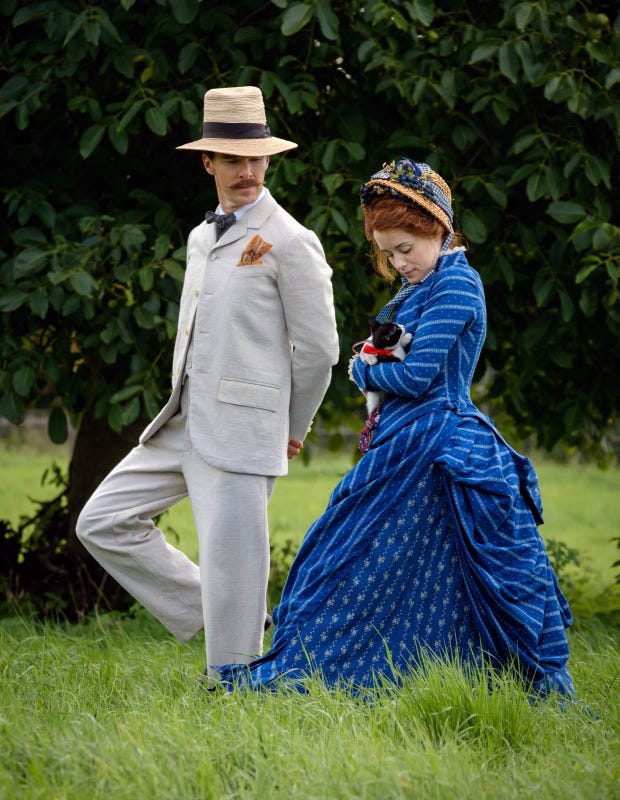
To quote Edgar Allan Poe, ‘there is no exquisite beauty without some strangeness in proportion.’ This is the template that Louis’s love life adhered to. It was with a tingling excitement that I watched the teething of the relationship between the awkward, cleft-lipped Louis and the kitschy, ‘geriatric-by-Victorian-standards’ Emily. One part that stood out for me was when Louis shaved his mustache, revealing his cleft lip, and proclaimed he was baring himself to her as an apology.
his scene aptly encapsulates the vulnerability that comes with love. You bare it all — the good, the bad, and the less than beautiful — hoping they see past all that and into the beauty that is you. But what is more beautiful is that Emily did not even see his cleft lip as a flaw but commented that he looked ‘quite handsome’. I was excited about their relationship. But if life and the cherophobia that characterizes the Nigerian experience have taught me anything, it is that calm always precedes a storm.
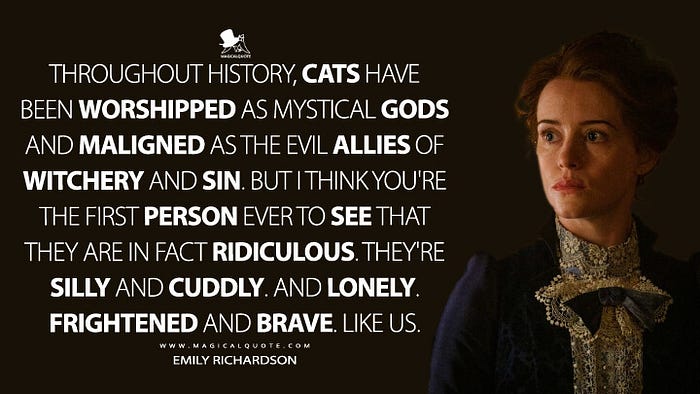
In The Witch of Portobello, Paulo Coelho describes Athena as ‘a 21st-century woman living in the 20th century.’ Watching Mr. and Mrs. Wain cheerily stumble through the domesticity of their day, you get the sense that these two were twin souls, doomed to ‘otherness’ for thinking and living like people in times way ahead of theirs. It takes a certain something to shift from your perception of normativity, patiently sift through a person’s rough-hewn exterior, and see into the kindness and humanity beneath.
This is the electricity of love.
It sees the best in us way before we become that version and brings alive even the deadest of souls. It is both logical and illogical but like Jon Nash, the protagonist of A Beautiful Mind (2000) says, ‘it is only in the mysterious equations of love that any logical reason can be found.’ This illogical logic of love opened both their eyes and helped them see beyond all that cats were perceived to be and into their innate sweet nature.
I like to think that it is also this electricity of love that brought Louis’ work alive. There was a marked change in his life and his work when Emily’s love touched him. For want of a better word, her love refined him and brought out all the best parts of him.
The Beauty in Grief
The best art, it is said, comes from a dark place. Everyone who has lost someone to life or death knows this. There is a simultaneous un-becoming and becoming that grief brings.
Physically, you are the same old you, floating through life as you always have.
Inside, something leaves, and something else — something yawning, anguished and indescribable — takes residence. This entity never leaves. It can get smaller with time, but it never really disappears. You carry it around like a brimming cup and it sometimes spills into your work and life.
In The Electrical Life of Louis Wain (2021), the narrator remarked that Louis’s work became more beautiful and poignant with each loss he faced. All that electric energy of love that Louis had for his wife was channeled into his art. This intermingling of love and grief colored his work and gave it new life. While grief turned him into a cat-obsessed shell of himself, it brought his work to life.
Verdict
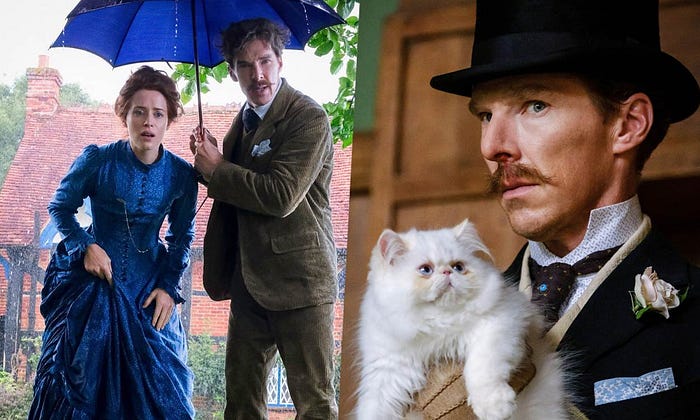
I like how mental health — both on Louis’ part and his sister, Marie’s part — was subtlely handled. It was neither belittled nor exaggerated. It just was. I would have loved to see more of the tentative love between Louis and Emily Wain. This was the centerpiece of the movie and they did not give it the airtime it deserved.
On a scale of 1 to 10, The Electrical Life of Louis Wain (2021) is a solid 9. It was an electrifying watch and a movie that would have you reevaluating your beliefs about love, creativity, and the electric nature of human beings. I wish you a beautiful end of the year and a 2022 filled with the electricity of creativity and the zing of authentic love.
Originally published by Medium.
Like what you read? Check out When Pressure Doesn’t Make Diamonds: Review of Encanto (2021) and Cheers to the Soft Life.




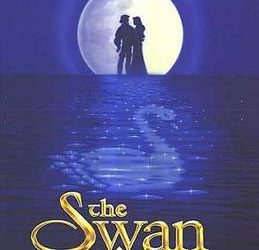



Hello! I simply want to give you a big thumbs up for the excellent information you have got here on this post. Ill be returning to your website for more soon.
A fascinating discussion is definitely worth comment. I think that you ought to write more on this issue, it may not be a taboo matter but typically people dont discuss these topics. To the next! All the best!!